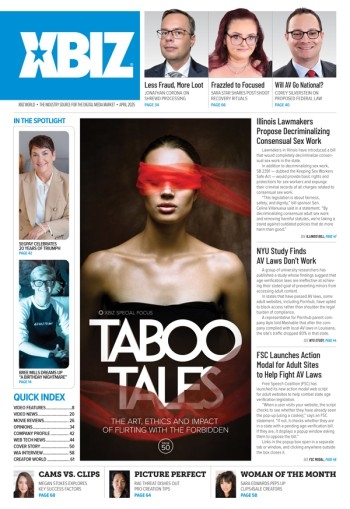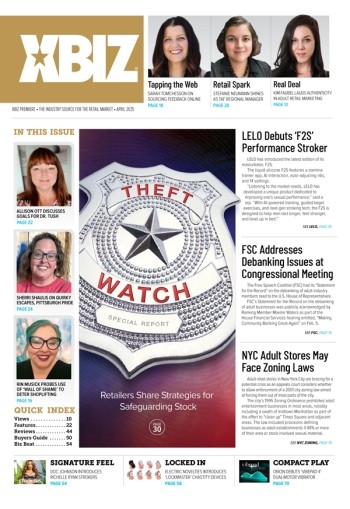"Hello, my name is Kevin Kraft my customer number is…
I ordered a book by Bill Gates about two weeks ago and it hasn't arrived."
"Oh, I am sorry Mr. Kraft. We will resend it right away and it should arrive within 2-3 days".
There were no questions asked. No problems. I got my book 2 days later delivered by courier. It was great service, and Amazon couldn't have resolved my problem any better.
The e-Commerce environment has allowed many companies to grow quickly without having to worry much about quality or service. However, if some don't wake up and smell the flowers soon, they'll drown in a sea of competitors. Quality is where it is at in the physical marketplace and also in cyberspace. It's what creates customer satisfaction, or when the quality is lousy, total dissatisfaction.
Good quality is also the greatest of marketing vehicles. Why? Nothing beats word-of-mouth praise to spread the good word and bring you more customers. When you take care of a customer with no questions asked, that customer will spread his or her good word about you, and you'll win – every time.
It is a common perception that quality is only a customer issue, that's probably true, but it depends on whom you classify as customers. What do I mean? Well, there are external customers and internal customers. External customers are consumers, the average Joe who buys his groceries at the corner store. Internal customers are those whom you deliver to the inside of your team or organization. An example of an internal customer would be the packaging department that gets product that needs to be sent out. Quality is important of course to all aspects of your organization, but we're going to focus on customer quality. Why does the customer come back and what makes the customer a customer?
To bump your level of customer satisfaction higher, you not only have to meet obvious customer expectations, but you have to exceed those expectations as well. This little extra step up to a higher level can make all the difference. So how do you go about improving quality in your interaction with customers? First, consider the Voice of the Customer (VOC) or what the customer communicates as wanting or not wanting in your product or service. One way of gathering information, the VOC, can be through surveys or feedback collected from your customer support. How you collect the information is really up to you and depends on your line of business. Where does the customer interaction happen?
Once you have a list of qualities your customers are looking for in your products or services, go further and establish your own Critical Customer Requirements (CCR). A Critical Customer Requirement is a quality that you believe is important to the customer. There are three types of CCRs.
First, there are the "Must-Be's." These are requirements that will dissatisfy if they're not present, but won't increase satisfaction. They are the requirements you must have to meet your customers' minimal expectations. For instance, a hotel must have bedding, wake-up service and a TV.
Second there are Primary CCRs: The more of these CCRs you can meet, the higher your customer satisfaction will be. Price is usually a satisfier – the less you pay, the happier you are. In our example of a hotel, good CCRs would be – smoking/non-smoking rooms, an iron and an ironing board.
The third and final type of CCR is the Delighter. These are features that exceed your customers' expectations and pleasantly surprise them. If you don't have them, the customers won't notice, but if you do, you'll delight them. These are the real order winners – features that customers will use to select your service or product from that of your competitors'. Again, to return to our hotel… Delights might be free breakfast and chocolate on your pillow.
Once you have these groups understood, and listed the CCRs in the appropriate group, prioritize each item starting with the Must-Be's. Do you meet all the Must-Be's? How do your Primary CCRs rank? Are there any exceptional Delighters? Where is your level of quality? What do you need to do to meet all the CCRs? The list you create will serve as a roadmap to let you improve your product, your service, and ultimately your business organization as a whole.
There are many great books about quality assurance, but YOU have to have the right mindset and be ready to follow through. If you only go halfway, you'll be wasting your time. If you want more quality, the Six Sigma method for quality assurance is a great source for new ideas, no matter what your company's size.
So let's sum it all up. Great companies like Dell and Amazon have shown us what high quality means in e-commerce. High quality products and high quality service are their greatest attributes, but it's not enough to plan. You have to act if you want to survive. The e-Commerce sector is growing and will continue to do so for years to come. Small companies will either grow or disappear; large companies will buy and expand. Where do you want to position your effort? If you find the great VOC and let it guide you, you'll end up exactly where you want to be.






